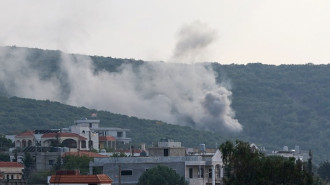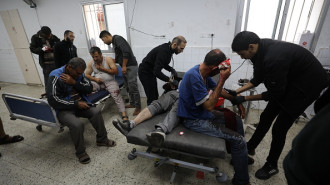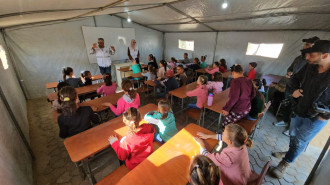Northeast Syria faces lockdown amid alarming Covid-19 spike
The Autonomous Administration of North and East Syria (AANES) announced that it is imposing a week-long full lockdown on the Jazirah region starting on Saturday to combat a new wave of Covid-19 cases.
The move comes as the area hovers on the precipice of a Covid-19 surge, with almost 300 people testing positive for the novel coronavirus on Wednesday. In total, areas under AANES control have recorded 25,749 Covid cases and 873 deaths.
The true number of cases in the area is probably far higher, as only around 67,000 tests have been conducted.
Another worrying metric is the test positivity rate. According to the World Health Organization, a positivity rate greater than 5 percent is indicative of severe under-testing. Northeast Syria has a positivity rate of over 45 percent over the last seven days.
Northeast Syria has been hard hit by the Covid-19 pandemic, in part due to the limited capacity of its medical sector, which historically has been the weakest in the country. When the pandemic broke out in March 2020, there were only 22 intensive care unit beds to service the entire area.
AANES officials also say that they do not receive the same international support that government-controlled areas and northwest Syria do.
“There is a shortcoming in the international community’s handling of the Autonomous Administration—due to political calculations, the [Yarubiyah] crossing was closed in January 2020,” said Bazad Amou, an employee in the media office of the Syrian Democratic Council (SDC), which governs the AANES.
Due to the lack of extension of the UN Security Council resolution which authorised the use of the Yarubiyah border crossing from Iraq into Syria, northeast Syria has access to little to no UN aid. Unlike government-controlled areas and northwest Syria, the northeast does not have a dedicated WHO health cluster.
To receive UN aid, the Syrian regime must approve a cross-line border shipment from Damascus to northeast Syria, a cumbersome process which happens infrequently.
This has also hampered vaccination efforts in northeast Syria, as “Damascus links distribution of the Corona vaccine and aid to certain conditions, and [gives it] in small quantities that do not meet the needs of the area,” Amou told The New Arab.
In general, vaccine efforts in Syria are lagging. As of late August, less than one percent of Syria’s population was vaccinated.
In northeast Syria, conditions are particularly challenging due to infrastructural problems and a high population of Internally Displaced People (IDPs). According to a July report by the humanitarian NGO REACH, in 72 percent of communities in northwest Syria, not all households had access to sufficient water.
Access to water is critical for maintaining adequate hygiene and for performing simple tasks like washing hands. However, cut-offs in water supply to the area is a persistent problem as Turkish-backed militias shut down the Alouk water treatment station which supplies the area with treated water with relative frequency.
Turkey also has slowed the flow of the Euphrates river through dam construction, limiting the total overall amount of water available to the region.
A renewed lockdown also threatens to further damage the livelihoods of the area’s residents, who have seen an overall decline in living standards from Syria’s two-year long economic crisis.
According to the same REACH report, it would take the average worker 67 days of work to afford the bare minimum of goods to survive.

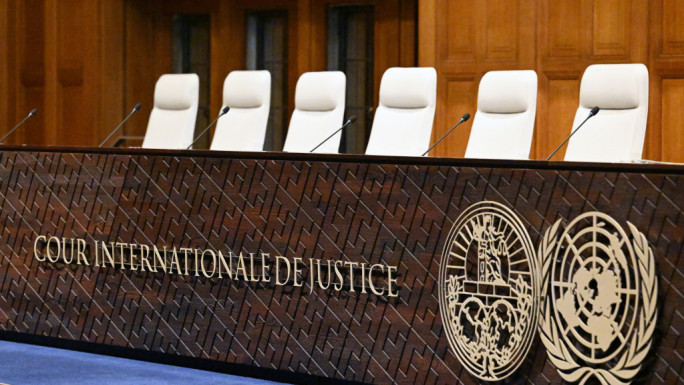
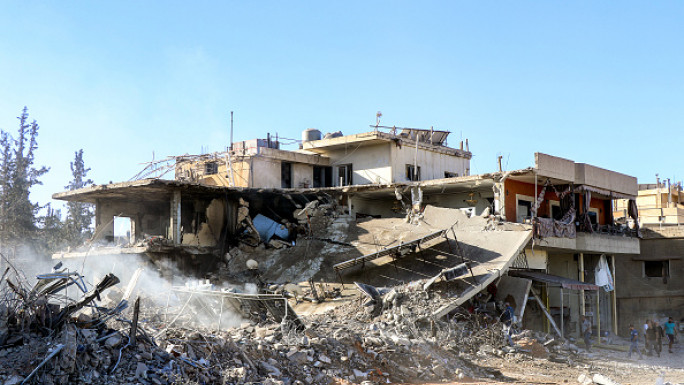
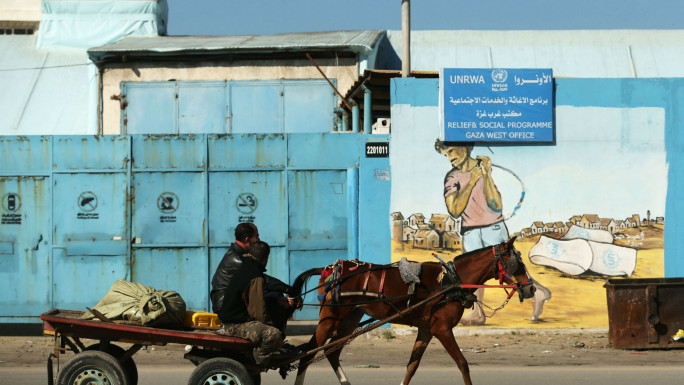

 Follow the Middle East's top stories in English at The New Arab on Google News
Follow the Middle East's top stories in English at The New Arab on Google News
